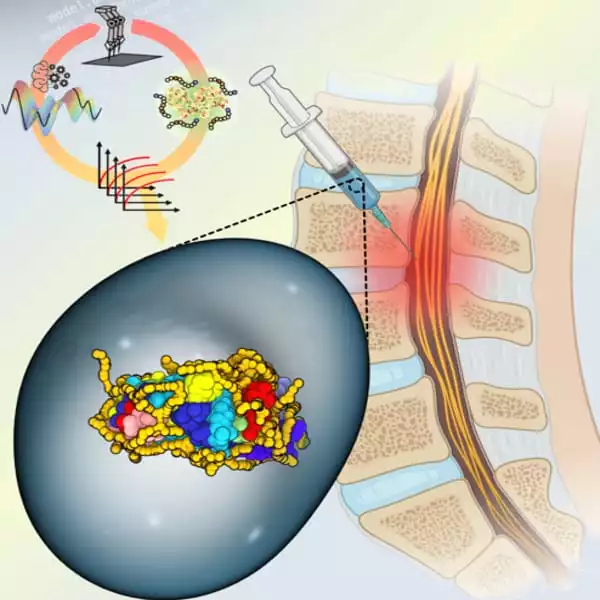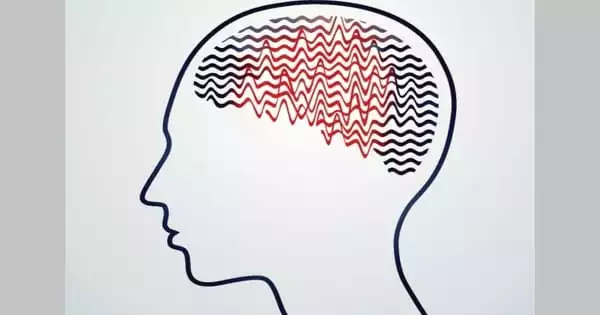Ritalin works by boosting the amount of dopamine produced in the striatum, a critical part of the brain associated with motivation, activity, and cognition. Dopamine is a chemical that transmits impulses between nerve cells, and prior research has shown that increased levels of dopamine make both people and animals more motivated to do physically difficult tasks.
Researchers discovered that rats given methylphenidate performed better on a visual attention task, and that the improvement occurred exactly when that same metric of neuron activity switched.
Even after a drug has been on the market for half a century, scientists might still learn new things about how it works. New research by neuroscientists at the University of Pittsburgh provides a rare view into how Ritalin impacts activity in animal brains, providing a greater understanding of how groupings of brain cells manage attention and leading to new therapeutic uses for the stimulant.
In the United States, approximately one in every eleven children is administered stimulants such as methylphenidate (commonly known by its brand name Ritalin) to increase attention and focus in people with attention-deficit/hyperactivity disorder, or ADHD. Many more people, an estimated one in every five, utilize the medications off-label. And while the safety and efficacy of these drugs is well understood, there’s still plenty left to learn about how they work.
We really don’t know what these medications do to the activity of groups of neurons. However, fundamental scientists like us have been exploring what groups of neurons can tell us about behavior and cognition, so understanding what these medications do to groups of neurons may offer us suggestions about other things that they might be good for.
Marlene Cohen
“We really don’t know what these medications do to the activity of groups of neurons,” said senior study author Marlene Cohen, a neuroscience professor at the Kenneth P. Dietrich School of Arts and Sciences. “However, fundamental scientists like us have been exploring what groups of neurons can tell us about behavior and cognition, so understanding what these medications do to groups of neurons may offer us suggestions about other things that they might be good for.”
Previous research led by Pitt postdoctoral researcher Amy Ni found a link between how well animals performed on a visual task and a specific measurement of neurons in the visual cortex – particularly, how likely they are to fire independently of one another, as opposed to being synched up.
In the current study, they discovered that rats given methylphenidate performed better on a visual attention challenge, and that the improvement occurred precisely when that same metric of neuron activity switched. The team, lead by Ni, published their findings in the journal Proceedings of the National Academy of Sciences.
Some of the study results were expected from what’s already known about the drug. The three animals took methylphenidate or a placebo on alternating days for two weeks of tests. On days when they took the drug, they spent longer on the task and performed better at it, but only when the required task occurred in a spot they were already paying attention to.

In most neuroscience experiments, researchers use electricity or light to target relatively small groups of neurons. “We definitely did not do that; we took these medications, put them in fruit juice, and fed them to the animals,” Cohen explained. “It astonished me that such a broad manipulation could have such a narrow behavioral effect.”
Such tests allow researchers to obtain a better knowledge of how patterns of firing neurons translate into actions such as paying attention to what we see, in addition to learning more about how the drug works. Researchers can construct more full and helpful models of how brain cells and behavior are related by examining how neurons behave when the brain is in different states, such as when a subject has taken a drug versus when they haven’t.
It’s an approach that hasn’t gotten much attention, according to Cohen, due in part to a lack of funding for research into how medications influence the activity of neurons. This makes it harder to hunt for “crossover treatments,” or new applications for existing medications.
Previous lab work points at some of these potential crossovers in light of the current study. Ni’s research has discovered parallels between brain patterns associated with attention and certain types of learning, implying that therapies for one may be useful for the other.
“These stimulants may be effective for treating a variety of conditions, including cognitive abnormalities associated with normal aging, Alzheimer’s disease, and others,” Cohen added. Though it is now only a well-informed hunch, the group intends to follow it in future studies.
“It’s one test case, and I think there’s a lot more to be done,” she said. “I hope that people will see that these approaches are important.”
















